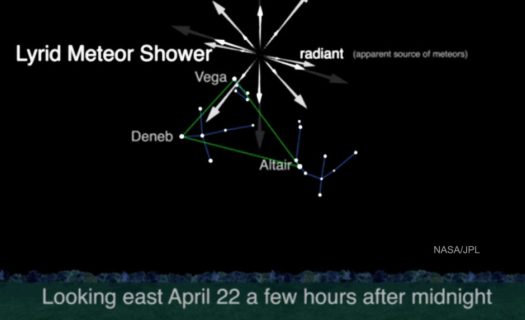
Most of our readers seem to be pretty well convinced that the Earth is round. When I mention flat Earth believers, I get mail indicating that most of our readers believe that the flat Earth subject is a joke. Most of our readers also believe that the Earth orbits the Sun and not the other way around. As an earth science teacher in the public schools for 41 years, my students did simple lab exercises to show that the Earth orbits the Sun. However, these simple facts seem to have escaped significant numbers of people in our twenty-first century world as you can see by a web search for flat Earth believers.
The Does God Exist? ministry was founded on the belief that good science and good biblical study produce a conclusion that science and faith support each other. The problem is that there is a great deal of bad science and biblical misunderstanding out there, and the web has made it available to large numbers of people. People ascribe many beliefs to the Bible that are not actually in the Bible. Also, many scientists have allowed their anti-religious antagonism to cause them to see science and faith as enemies.
The answer to the science-faith conflict is education. We need people with a scientific understanding to clarify what science actually says when it appears to conflict with faith. We also need people with some biblical understanding to present what the Bible actually says, not what denominational views teach.
We do not claim to understand all of science or all that the Bible says. However, we have attempted to put together a team of workers who have some training and understanding. We hope to provide educational information that will reduce the hostility in the minds of those willing to look at the evidence. The Sun does not orbit the Earth. The Earth is not flat. The Earth is not 6,000 years old. The climate is changing, but humans are not the sole cause of this change, and climatic cycles have occurred throughout history. Furthermore, the Bible cannot be used to disprove any of these statements. Ignorance dies hard, and instilled beliefs are resilient. Join us as we investigate, explore, and learn together.
–John N. Clayton © 2018









